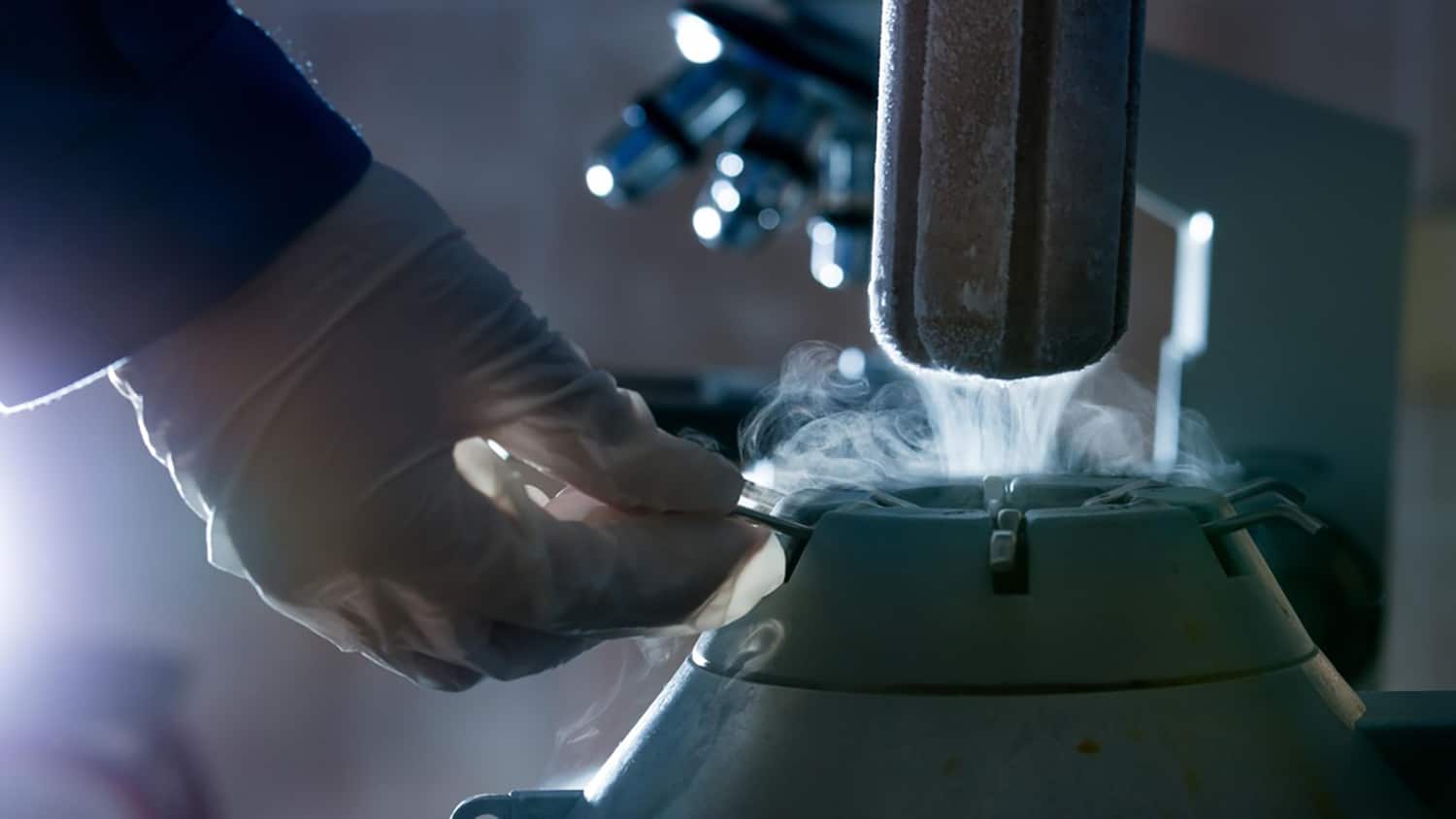
Cryoelectron microscopy is a method that can capture pictures of biomolecules such as proteins with atomic precision. The technique involves flash-freezing solutions of proteins or other biomolecules and then bombarding them with electrons to produce microscope images of individual molecules.
The cryo em microscope has opened the door for new dimensions in life sciences, chemistry, and medicine. Recently, it was used to map the structure of the SARS-CoV-2 spike protein, which is the target of many of the COVID-19 vaccines.
The structure of proteins in the cell changes constantly. This constant rearrangement of proteins is essential to perform their specialized functions. Surprisingly, this process happens too fast to be observed in real-time by current cryoEM protocols, rendering our understanding of proteins incomplete.
Now, scientists at EPFL have come up with a new method that can speed up the real-time observation capabilities of cryo-electron microscopy. The technique can capture images of protein movements at the microsecond (a millionth of a second) timescale.
This new method involves the use of a laser to melt the vitrified sample rapidly. After melting of ice, there is enough time to induce protein for the movement in the way they do in their natural liquid state in the cell.
Ulrich Lorenz at EPFL’s School of Basic Sciences said, “Generally speaking, warming up a cryo sample causes it to de-vitrify. But we can overcome this obstacle by how quickly we melt the sample.”
The laser pulse re-vitrified the sample in just a few microseconds. It also trapped the articles in their transient ways. In this “paused” state, they can now be observed with conventional cryoEM methods.
Lorenz said, “Matching the time resolution of cryoEM to the natural timescale of proteins will allow us to study processes that were previously inaccessible directly.”
Journal Reference:
- Jonathan M. Voss, Oliver F. Harder, Pavel K. Olshin, Marcel Drabbels, and Ulrich J. Lorenz. In Situ Melting and Revitrification as an Approach to Microsecond Time-Resolved Cryo-Electron Microscopy. Chemical Physics Letters 11 June 2021. DOI: 10.1016/j.cplett.2021.138812
Continue reading Improving time resolution of CryoEM with laser on Tech Explorist.
0 comments:
Post a Comment